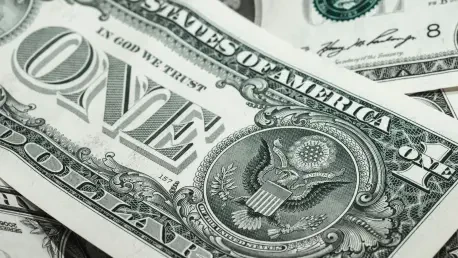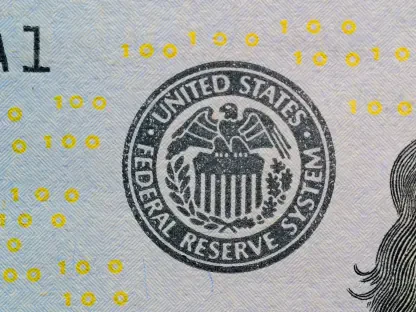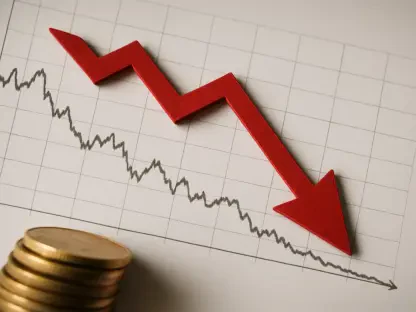In a striking reflection of Cuba’s deepening economic turmoil, the U.S. dollar has soared to an unprecedented value of 399 Cuban pesos (CUP) in the informal market, inching perilously close to the 400-peso threshold, which highlights the severe challenges facing the national currency. This alarming milestone, recorded on a recent day, underscores a profound lack of confidence in the Cuban peso amid rampant inflation and systemic shortages. The Cuban peso’s rapid depreciation paints a grim picture for many citizens, whose purchasing power continues to erode under the weight of escalating costs for basic goods and services. As the informal market increasingly dictates currency values, the disparity between those with access to foreign currency and those reliant on peso-denominated wages grows ever wider. This situation not only highlights the structural challenges facing the economy but also raises urgent questions about the viability of current financial mechanisms and the potential for meaningful reform in the near term.
Economic Pressures Fueling Currency Decline
The surge of the dollar to 399 CUP is driven by a confluence of economic pressures that have long plagued Cuba’s financial landscape. A persistent shortage of foreign currency in official channels has pushed many to turn to the informal market, where demand for dollars remains high for private imports, travel, and savings. Compounding this issue is the decline in domestic production, which has failed to keep pace with the needs of the population, further exacerbating inflation. The cost of imported goods, critical for everyday life, has skyrocketed, disproportionately affecting those without access to remittances or other foreign income sources. Meanwhile, other currencies in the informal market, such as the euro at 445 CUP and the Freely Convertible Currency (MLC) at 210 CUP, reflect similar trends of disparity. This dynamic illustrates a broader erosion of trust in official exchange mechanisms, as the informal sector continues to dominate currency valuation, leaving many Cubans grappling with an ever-widening economic divide.
Government Response and Future Outlook
Amid this currency crisis, the Cuban government has signaled intentions to address the underlying distortions through a new initiative slated for the latter half of this year. Announced by Prime Minister Manuel Marrero Cruz, the plan aims to overhaul currency management and allocation, including reforms to the official foreign exchange market and improved redistribution of foreign currencies from state-owned enterprises. However, skepticism lingers about the potential for immediate relief, as the informal market’s influence shows no signs of waning. The heavy reliance on remittances from abroad remains a lifeline for countless households, underscoring the economy’s dependency on external support. Looking ahead, many analysts anticipate further depreciation of the Cuban peso, potentially narrowing the gap with other foreign currencies like the euro. While the proposed reforms offer a glimmer of hope, the path to stabilizing the economy appears fraught with challenges, leaving the population to navigate an uncertain financial future.









